Traces of Animals Across the Land
No matter where you travel in Japan, you’ll always manage to come across hot springs.
These areas usually have inns to stay in, nearby souvenir shops, coffee shops, and cafes often run by families for generations. They’re designed for one or two-night stays, making enjoying the hot springs in a short visit an ease. This setup offers a fantastic way to experience local travel with convenience and comfort.
Through our travels, we’ve noticed that many hot springs are linked to animals. Deer, bears, boars, cranes, and even mythical creatures like Kappa have ties to these hot springs. Sometimes the animal’s name is part of the hot spring’s name, and other times it’s reflected in the names of local places. This connection offers a glimpse into a time when people in Japan likely had a closer relationship with animals.
The Hot Spring Revived by Cranes
The first stop is Furuyu Onsen in the Fuji-cho, Saga Prefecture. Located about an hour’s drive from central Fukuoka or a 35-minute bus ride from JR Saga Station on the Nagasaki Main Line, this hot spring is easily accessible yet nestled deep in the mountains, drawing visitors into a serene, natural setting.
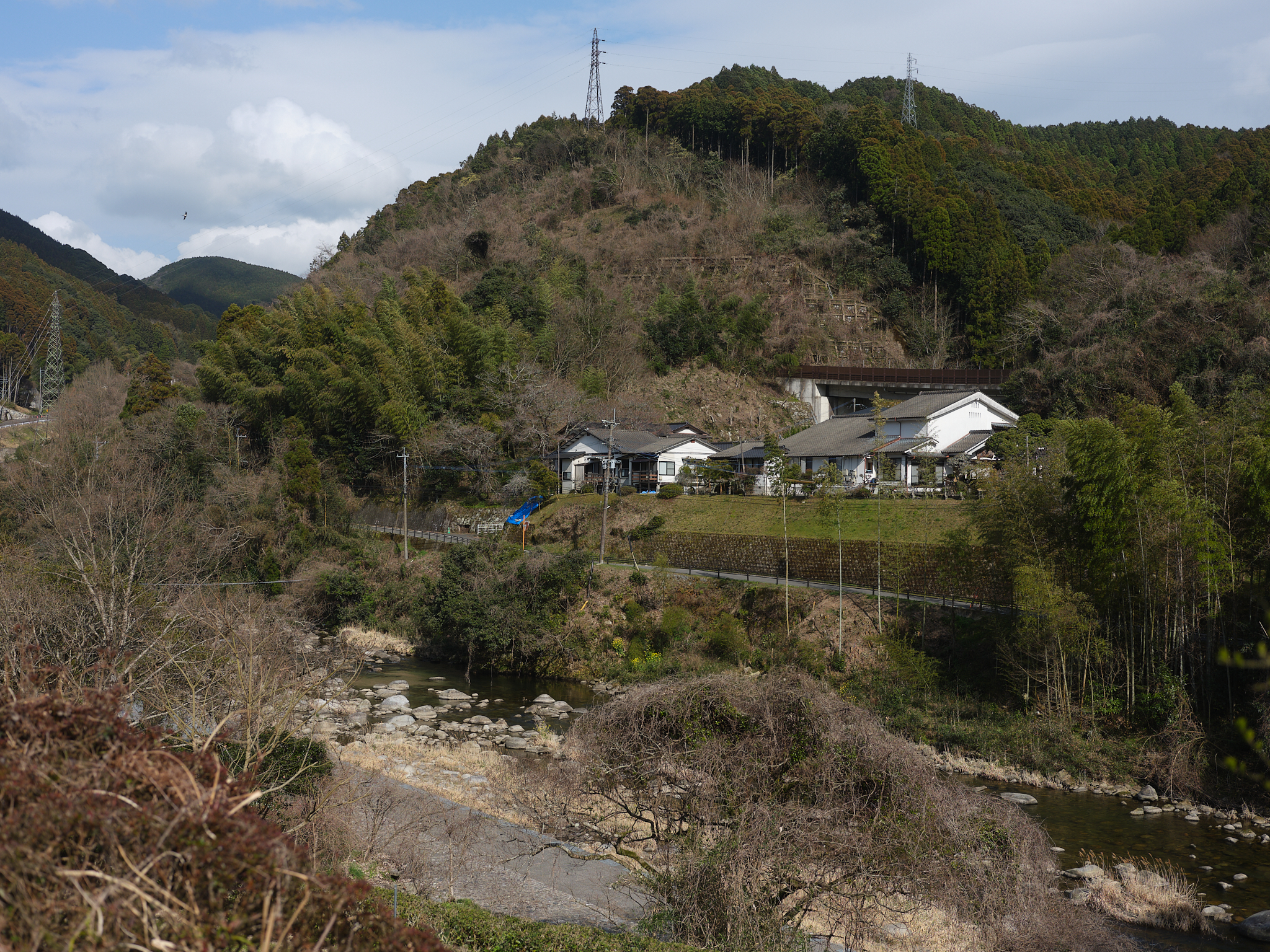
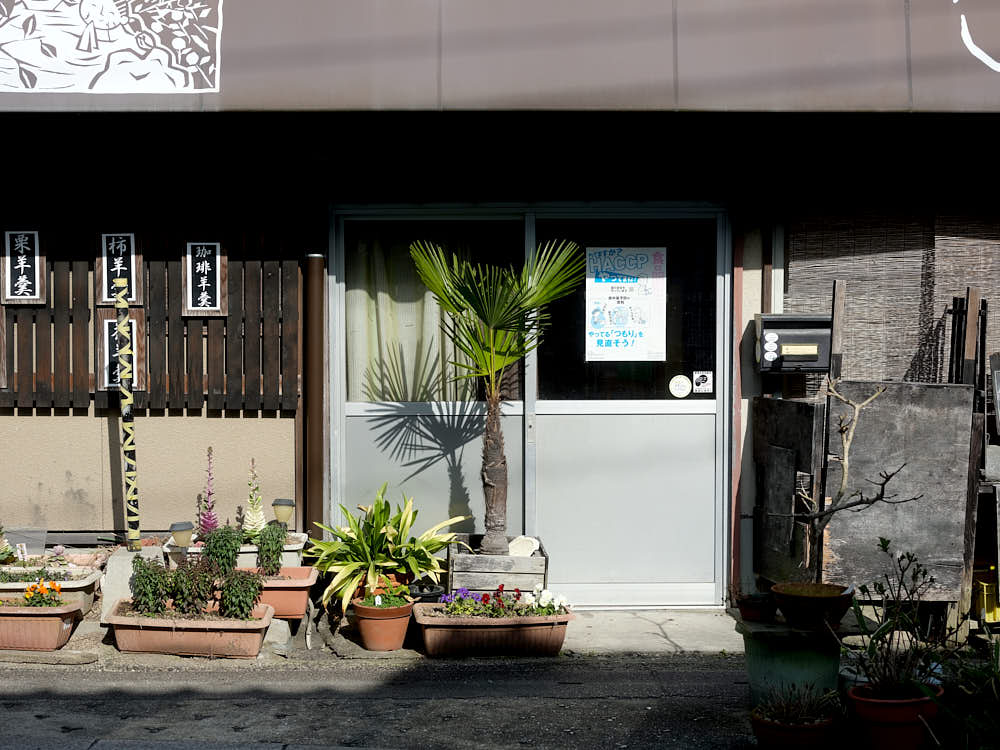
The history of Furuyu Onsen dates back a remarkable 2,100 years. Legend has it that Xu Fu, sent by the First Emperor of Qin (modern-day China) in search of the elixir of immortality, resided in this region. According to the tale, a deity of the hot springs suddenly appeared and instructed Xu Fu, proclaiming, “In these mountains, there exists a place where golden spirits spring forth as hot water. Go there, unearth its source, and share its healing benefits with the masses.”
This divine message led to the public opening of the hot spring, which, unfortunately, was later buried by a major earthquake.
In the spring of 1791, 88 years after the hot spring had been buried, a villager observed a crane soaking its feet in a nearby water source for several days, healing wounds it had, before flying away. Intrigued by this miraculous sight, the villager dipped their fingers into the water and found it warm, prompting them to dig further. To their surprise, moments after finding old pine logs from a previous bathhouse, hot spring water began gushing forth. This event is said to be the origin of today’s Furuyu Onsen.
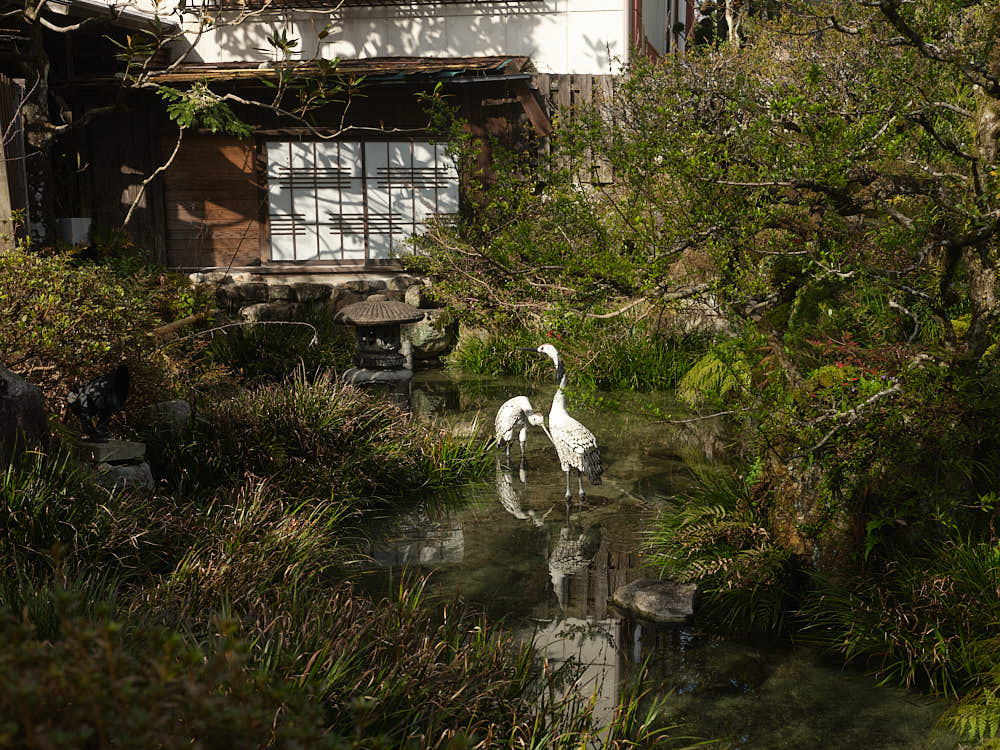
Having thus made a comeback, Furuyu Onsen, also known affectionately as “Furukuma Onsen,” boasts a cluster of 14 hot spring inns in the Furuyu Onsen area, alongside two neighboring inns at “Kuma no Kawa Onsen” (seemingly unrelated to the animal bear, or “kuma”). Of these, 12 inns offer day-use hot spring baths, welcoming drop-in visitors.
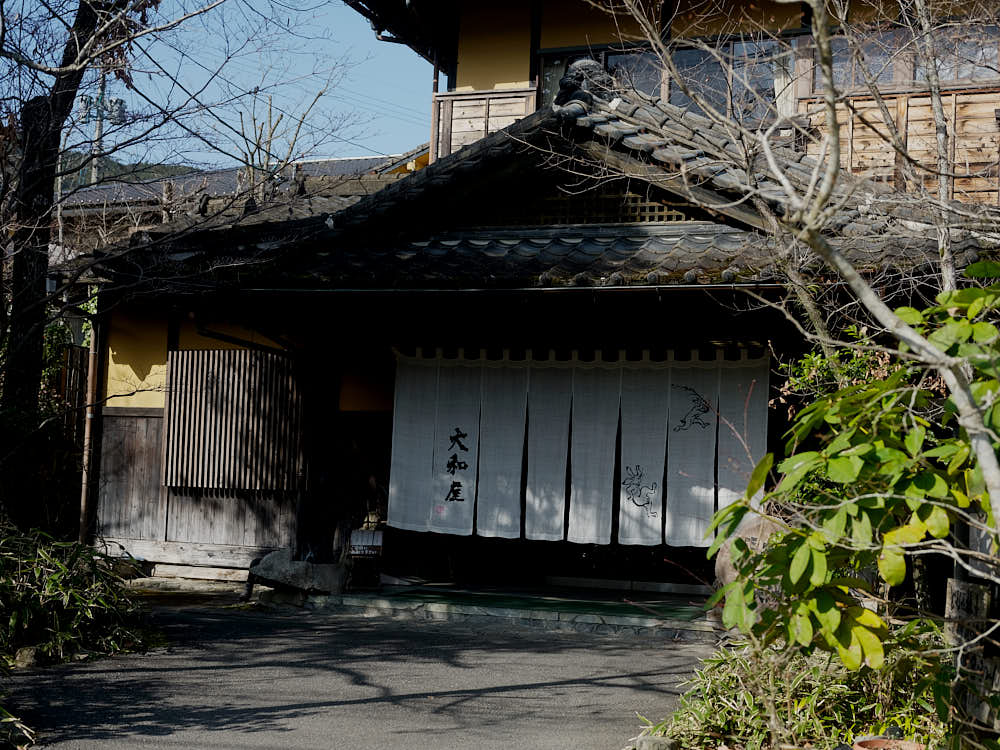
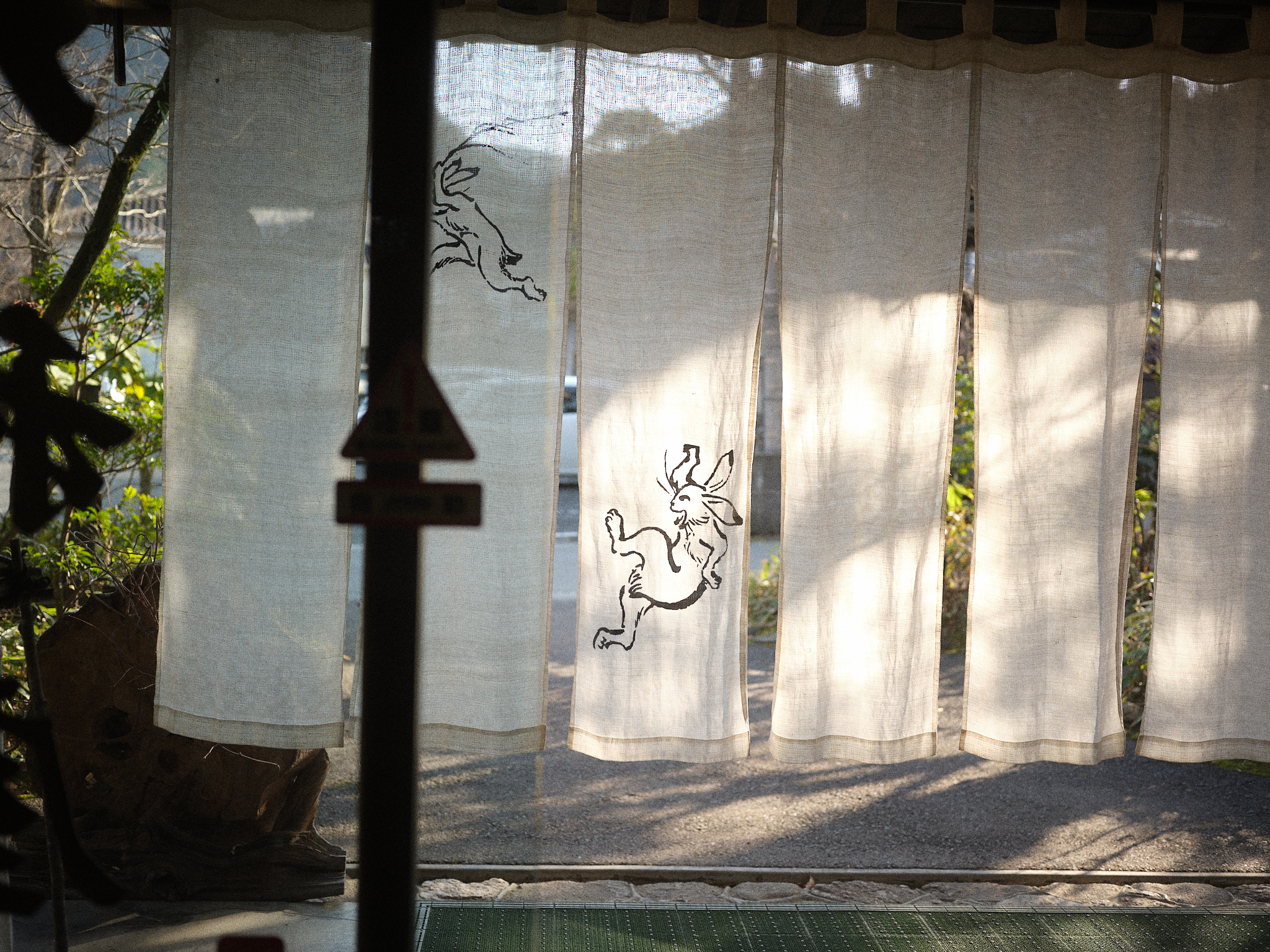
This time around, we made a brief visit to the hot spring at Yamatoya, which has been in operation for over a century. Its distinctive noren curtain depicting dancing rabbits was created with permission from Kyoto’s Kōsan-ji Temple, known for its Chōjū-jinbutsu-giga, or “Birds, Animals, and People in Play” paintings.
Stepping through this curtain, you enter an atmosphere steeped in history and profound tranquility, where time seems to flow more peacefully than outside.
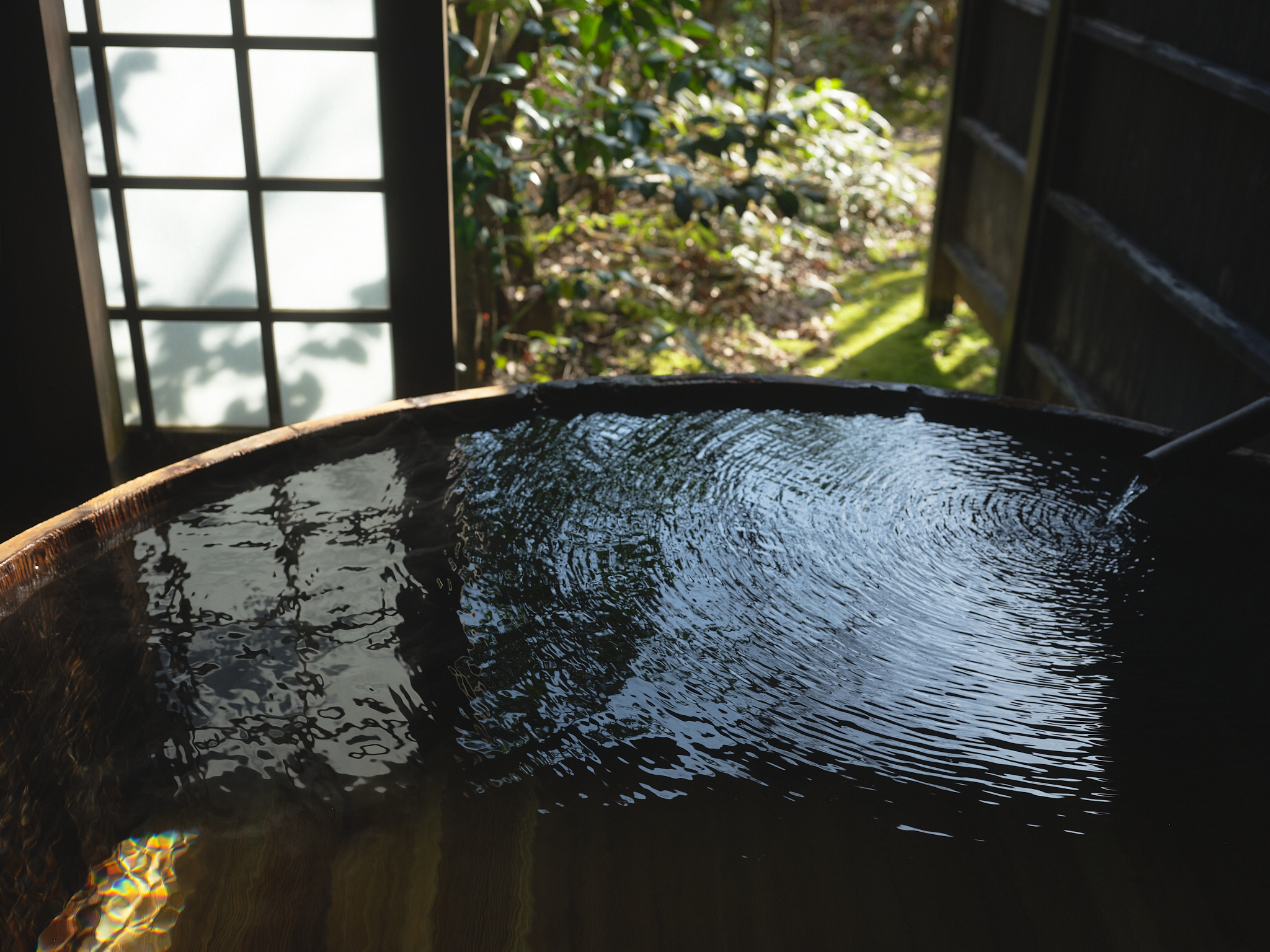
Here, you can enjoy a private rental bath at 1,700 yen per session. The bath is kept in a large tub made from a reused six-shaku sake barrel (about 1.8 meters in diameter), continuously filled to the brim with natural spring water. Opening the sliding screens offers a view of the serene inner garden.
The water maintains a rather low soothing temperature of around 38 degrees Celsius, clear yet pleasantly thick. Relaxing in this setting and soaking in the view of the garden will warm your body more than you might expect.
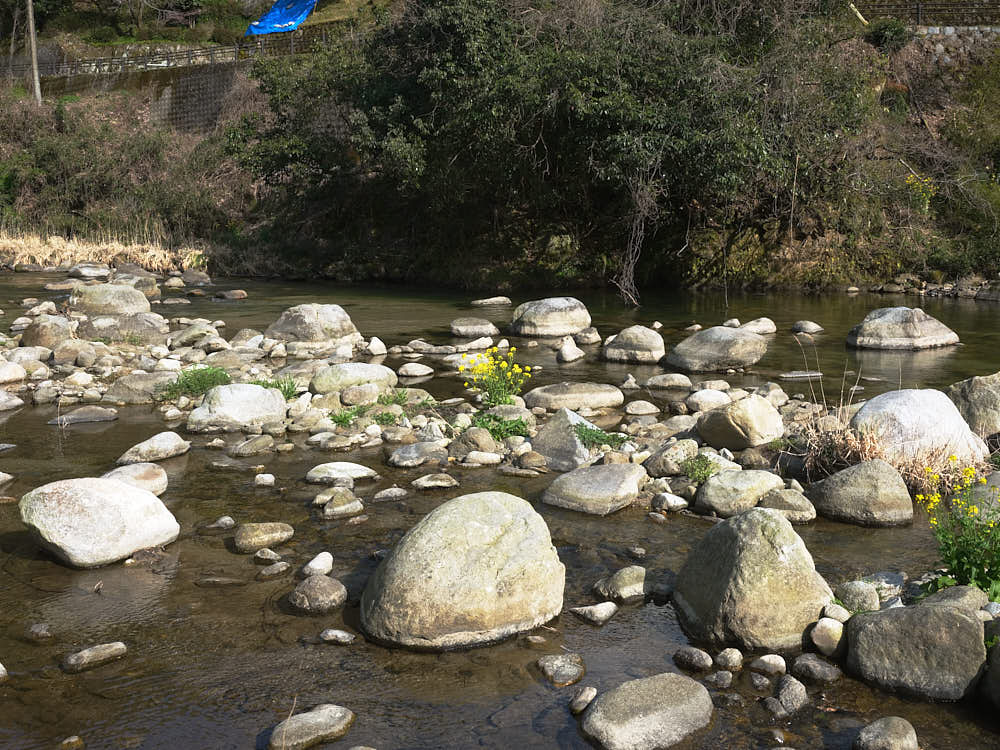
For a proper cooling down, take a stroll along the Kase River, flowing clearly alongside the hot spring town. Taking a leisurely stroll by the river, you can soak in the timeless tranquility of the exact place a local villager once observed a crane, marking the rejuvenation of golden spirits.
Tsuru no Ongaeshi / Yomigaeri no Yado / Kakureisen
https://kakureisen.com
Address: 875 Furuyu, Fuji-cho, Saga City, Saga Prefecture, 840-0501 Japan
Business Hours: Day-use baths 11:00-15:00 (Last admission 14:00)
Fee: 1000 yen for adults
Closed: Tuesdays and Wednesdays (for day-use baths only)
Phone: 0952-58-2021
Fax: 0952-58-2867
Furuyu Onsen / Furuyu / Yamatoya
https://www.furuyu-yamatoya.jp
Address: 860 Furuyu, Fuji-machi, Saga City, Saga Prefecture, 840-0501 Japan
Business Hours: Day-use baths 11:00-16:00
Fee: 700 yen for adults
Closed: Irregular holidays
Phone: 0952-58-2101











